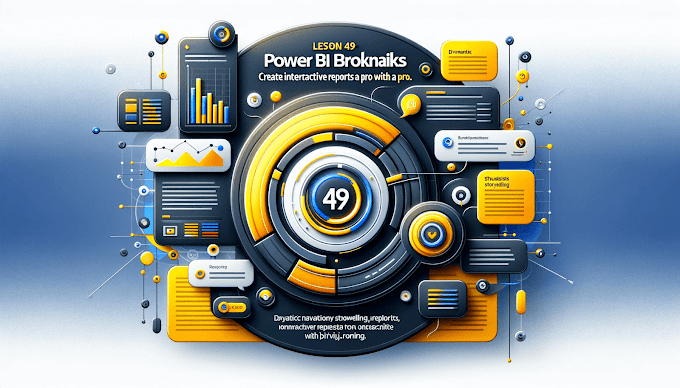Excel charts are not just about basic bar graphs or pie charts. For those ready to elevate their data visualization game, advanced charting techniques can transform complex data into insightful visuals. This blog dives deep into advanced Excel chart types and customization tips to make your presentations stand out.
Advanced Chart Types in Excel
1. Waterfall Chart
Use Case: Display cumulative effects of positive and negative values, such as profit margins.
How to Create:
Prepare your data with categories, positive, and negative values.
Highlight the data.
Go to Insert > Insert Waterfall Chart.
Customize by formatting colors and labels.
2. Histogram
Use Case: Show the frequency distribution of data.
How to Create:
Select your dataset.
Go to Insert > Insert Statistic Chart > Histogram.
Adjust bin ranges under "Format Axis."
3. Pareto Chart
Use Case: Highlight the most significant factors in a dataset.
How to Create:
Create a table with categories and their counts.
Select the data and go to Insert > Insert Statistic Chart > Pareto.
Excel automatically sorts and applies cumulative percentages.
4. Treemap
Use Case: Represent hierarchical data as nested rectangles.
How to Create:
Structure your data with categories and subcategories.
Highlight the data and go to Insert > Treemap Chart.
5. Funnel Chart
Use Case: Show data flow across stages (e.g., sales pipelines).
How to Create:
Prepare a dataset with stages and values.
Select the data and go to Insert > Funnel Chart.
Customizing Your Charts
1. Add Secondary Axes
Useful for charts with two data sets having different scales (e.g., revenue and profit percentage).
Steps:
Select the data series.
Right-click and choose "Format Data Series."
Check "Secondary Axis."
2. Use Custom Data Labels
Replace default labels with meaningful insights.
Steps:
Click on the data label.
Right-click and choose "Format Data Labels."
Use formulas or text for customization.
3. Interactive Charts with Slicers
Link charts to PivotTables and use slicers for dynamic filtering.
Steps:
Insert a PivotTable and corresponding chart.
Add slicers to the PivotTable.
Adjust the slicers to dynamically update the chart.
4. Use Conditional Formatting in Charts
Highlight key data points (e.g., highest or lowest values).
Steps:
Apply conditional formatting to your data.
Use formatted data in your chart to reflect the changes visually.
Tips for Creating Professional Charts
Limit the Number of Series: Avoid overloading charts with too many data series.
Leverage Themes: Use Excel’s built-in themes for consistent formatting.
Experiment with Layouts: Use the "Quick Layout" option under "Chart Tools."
Integrate Icons: Add icons or images to make charts more engaging.
Export as Image: Right-click on a chart and save it as an image for presentations.
Practical Example: Comparing Product Sales
Data:
Product Sales 2023 Sales 2024
Product A 5000 6000
Product B 4000 4500
Product C 3000 3500
Steps:
Select the data and insert a Clustered Column Chart.
Add a secondary axis for "Sales 2024."
Customize the colors and labels.
Write Us- Support@virvijay.com.

















